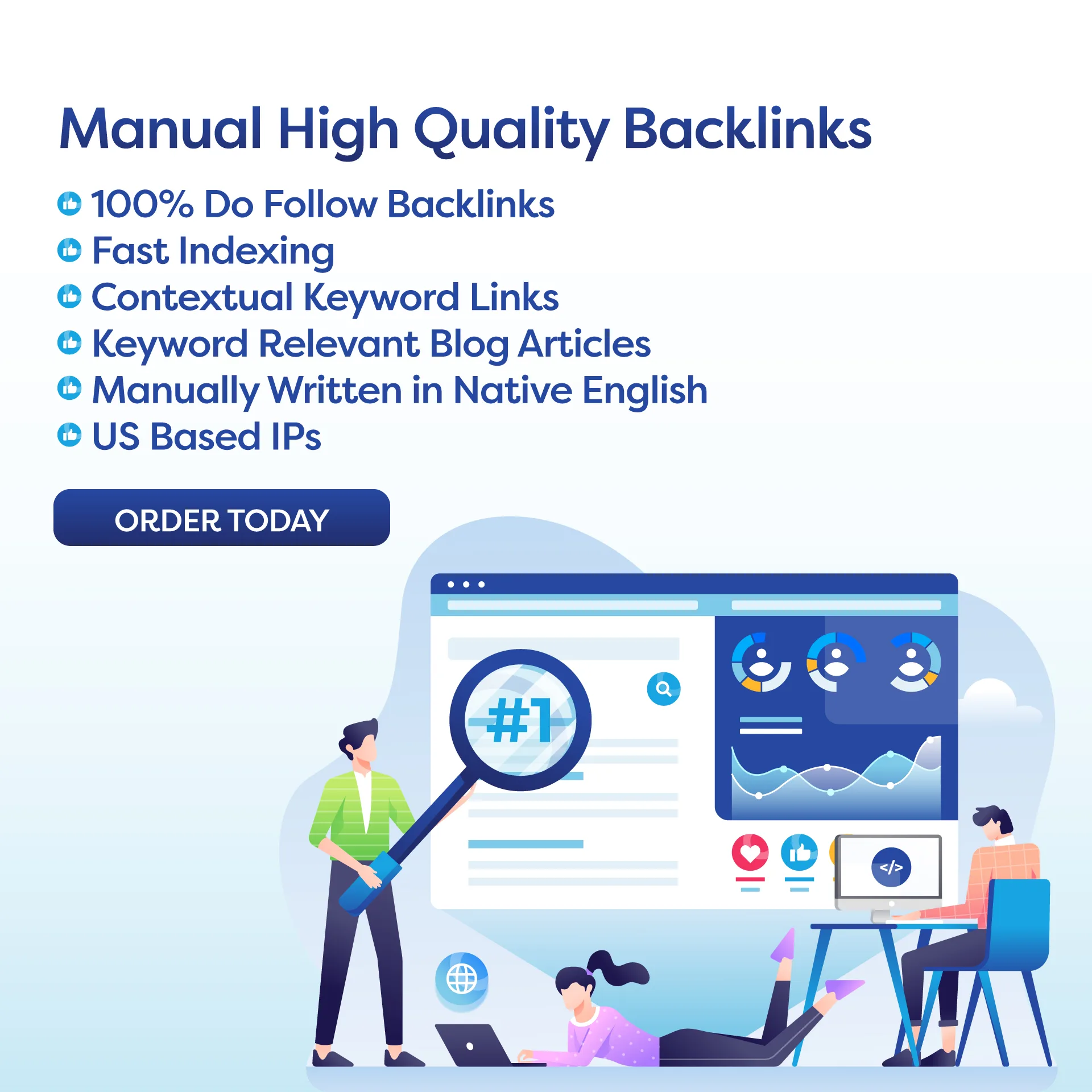Tools and techniques for analyzing your content’s performance and optimizing your marketing strategy.Introduction:
In today’s digital age, creating and sharing high-quality content is no longer enough to stay ahead in the competitive market. With the rise of social media and online platforms, businesses need to constantly analyze and measure the performance of their content to optimize their marketing strategy. This is where content analytics and measurement come into play. These tools and techniques allow businesses to gain insights into their content’s performance and make data-driven decisions to improve their overall marketing efforts.
Body:
Importance of Content Analytics and Measurement
Content analytics and measurement are crucial for businesses to understand how their target audience engages with their content. It provides valuable insights such as which type of content resonates best with the audience, what channels are most effective in reaching them, and what actions they take after consuming the content. This information helps businesses to create more targeted and relevant content, resulting in a higher return on investment (ROI) for their marketing efforts.
Tools for Content Analytics and Measurement
There are various tools available in the market that can help businesses track and measure their content’s performance. Google Analytics is one of the most popular tools used for content analytics. It provides detailed reports on website traffic, including which pages and content are most popular, how long visitors spend on each page, and their demographic information. Social media analytics tools such as Hootsuite, Buffer, and Sprout Social also provide valuable insights into how content is performing on different social media platforms.
Techniques for Content Measurement
Apart from using tools, there are also various techniques businesses can use to measure their content’s performance. A/B testing, also known as split testing, is a common technique used to compare two versions of a piece of content to see which one performs better. This can include testing different headlines, images, or call-to-action buttons to see which one drives more engagement. Heatmaps are another useful technique that helps businesses visualize how users interact with their content. It shows where users click, scroll, and spend the most time on a webpage, providing insights on how to improve the layout and design of the content.
Metrics to Measure Content Performance
To effectively measure content performance, businesses need to track the right metrics. Some important metrics to consider include website traffic, engagement rate, conversion rate, and social media reach. Website traffic helps businesses understand how many people are visiting their website and which pages they are spending the most time on. Engagement rate measures how actively users are interacting with the content, such as likes, comments, and shares. Conversion rate tracks how many users take the desired action, such as filling out a form or making a purchase. Social media reach measures the number of people who see the content on social media platforms.
Conclusion:
Content analytics and measurement are essential for businesses to understand how their content is performing and make informed decisions to improve their marketing strategy. With the right tools and techniques, businesses can gain valuable insights into their target audience and create more engaging and relevant content. By tracking the right metrics, businesses can also measure the success of their content and make data-driven decisions to optimize their marketing efforts.
FAQ:
Q: What is the purpose of content analytics and measurement?
A: Content analytics and measurement help businesses understand how their target audience engages with their content and make data-driven decisions to improve their marketing strategy.
Q: What are some tools for content analytics and measurement?
A: Some popular tools for content analytics and measurement include Google Analytics, Hootsuite, Buffer, and Sprout Social.
Q: What techniques can be used for content measurement?
A: A/B testing and heatmaps are common techniques used for content measurement.
Q: What metrics should businesses track for content performance?
A: Some important metrics to track for content performance include website traffic, engagement rate, conversion rate, and social media reach.


